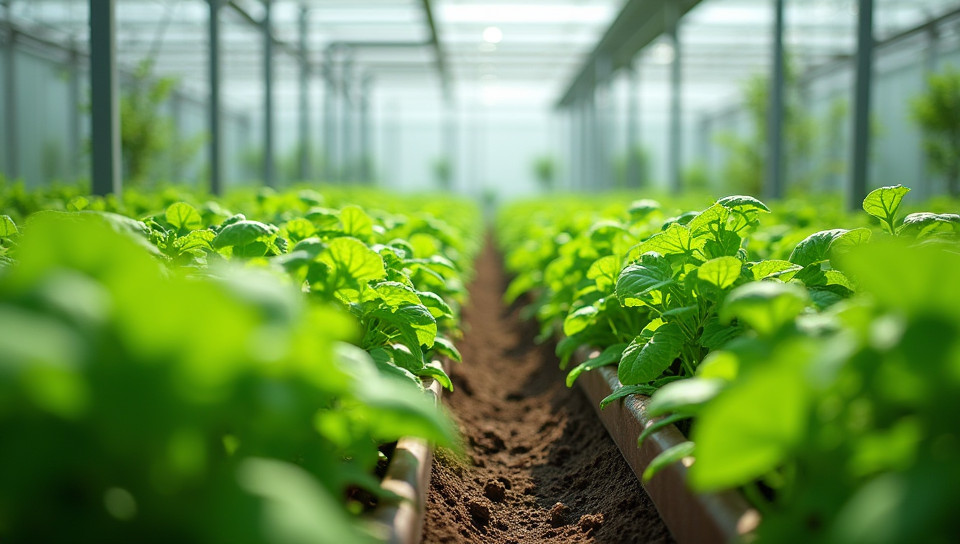Hydroponic systems use soilless cultivation 73%

The Future of Farming: Unlocking the Potential of Hydroponic Systems
As we continue to grapple with the challenges of feeding a growing global population, innovative farming methods are being developed to increase crop yields while minimizing environmental impact. One such approach is hydroponics, a soilless cultivation method that has been gaining traction in recent years. In this article, we'll delve into the world of hydroponic systems and explore their benefits, advantages, and applications.
What is Hydroponic Cultivation?
Hydroponic cultivation involves growing plants in a nutrient-rich solution rather than soil. This approach eliminates the need for traditional soil-based farming methods, which can be resource-intensive and environmentally damaging. By providing plants with exactly what they need to thrive, hydroponics enables farmers to control every aspect of plant growth, from nutrients to pH levels.
Advantages of Hydroponic Systems
- Increased crop yields
- Reduced water consumption
- Improved disease resistance
- Increased crop uniformity
- Reduced land use and waste
- Year-round production capabilities
How Hydroponic Systems Work
Hydroponic systems typically consist of several key components, including a nutrient-rich solution reservoir, a pump system to circulate the solution, and an aeration system to oxygenate the roots. Plants are grown in a medium such as rockwool or coco coir, which provides support and allows for efficient water absorption.
Applications of Hydroponic Systems
Hydroponic systems have numerous applications across various industries:
- Commercial agriculture: Large-scale hydroponic farms can produce high yields while minimizing environmental impact.
- Urban agriculture: Indoor hydroponic gardens can thrive in even the most inhospitable climates, providing fresh produce to urban populations.
- Research and development: Hydroponics enables scientists to conduct controlled experiments and study plant growth in a precise and efficient manner.
Conclusion
Hydroponic systems offer a promising solution for the future of farming. By leveraging soilless cultivation methods, farmers can increase crop yields while reducing environmental impact. As technology continues to advance and hydroponic systems become more accessible, we can expect to see widespread adoption across various industries. Whether in commercial agriculture or urban gardens, hydroponics has the potential to transform the way we produce food, making it a crucial component of our sustainable future.
- Created by: Angela Francisco
- Created at: Feb. 1, 2025, 3:21 p.m.
- ID: 19872








